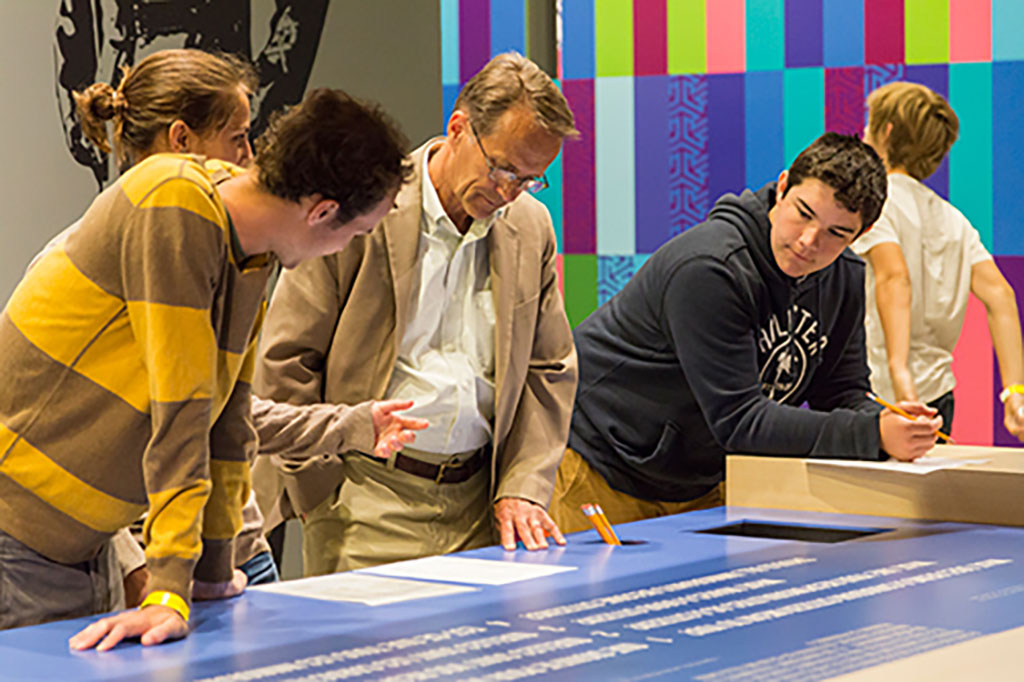Pier Perspectives Blog
-
Eminently Suitable for Our Purposes: Official Commemoration of Immigrant Arrivals in Canada, 1949-1972
During the early postwar period, Canadian officials attempted to commemorate immigration milestones in response to immigration policies that had opened Canada’s doors to thousands of European immigrants. These highly publicized receptions which included photo-ops, speeches, and gift-giving were used as a mechanism from which federal immigration officials could showcase that the ‘preferred’ or ‘ideal’ immigrant was white, young, preferably British, with the potential to become successful in Canada. -
Children of the Pier: Adolescent Experiences of Arrival and Process
An often overlooked aspect of Pier 21’s site history is the immigration experience of children. Young newcomers are frequently mentioned in relation to the immigration process and the role of the Canadian state in processing immigrants and voluntary service agencies in providing assistance. Whether they arrived as immigrants or refugees by way of family reunification, private sponsorship, or government-assisted program, their experiences shared similarities, but were also unique to the process of arrival. -
Does Anyone Have Any Questions?
As a Heritage Interpreter here at the Museum I have the opportunity to interact with the public on a daily basis. There are numerous reasons behind coming to Pier 21, but there is something universal I hope all visitors bring: questions.
-
Stories of Children, War, and Family Separation in the Oral History Collection at the Canadian Museum of Immigration at Pier 21
In oral history interviews, people recount and reflect upon significant life events and experiences. Two oral history participants, Thelma Freedman and Monybany Monyang Dau, offer adult perspectives on the childhood experience of separating from their families as a result of war— the Second World War, and the Second Sudanese Civil War. Their experiences are very unique, although there are also common threads, including the role of international organizations in aiding children during periods of war.
-
A Taste of Something New: Adapting to Food in a New Country
Settling in a new country may pose many challenges for immigrants
-
Borders, Groups, Statistics: Researching Immigrant Arrival at Pier 21
Historians and genealogists depend on various sources to conduct research on immigrant arrivals, including archival materials, media, community histories, works on immigration policy and practice, and immigration statistics. The latter should be used with caution. Statistics offer invaluable information on the historical migration of individuals and families to Canada and their presence in this country. However, statistics can also skew or mask the identities of newcomers and size of their ethnocultural community in Canada. -
Customs and Traditions: Holiday Edition!
In the Canadian Immigration Hall, we have a great interactive element where we ask visitors to share with us their family traditions and customs.
-
Resettling Child Refugees: Canada and Armenian Orphans, 1923-1927
Increased public awareness of the Armenian genocide, between 1915 and 1923, coupled with public pressure on the part of Canadian press outlets, voluntary aid organizations, immigrant groups, and prominent Canadians, pressured federal immigration officials to admit 148 orphaned children as part of “Canada’s Noble Experiment.” The resettlement of Armenian refugee children in Canada represents the federal government’s initial involvement in international humanitarian aid by providing assistance to non-British and non-Commonwealth refugees.
-
Would You Pass The Test?

I have had the pleasure of attending quite a few citizenship ceremonies in my life.
Pagination
- Previous page
- Page 5
- Next page